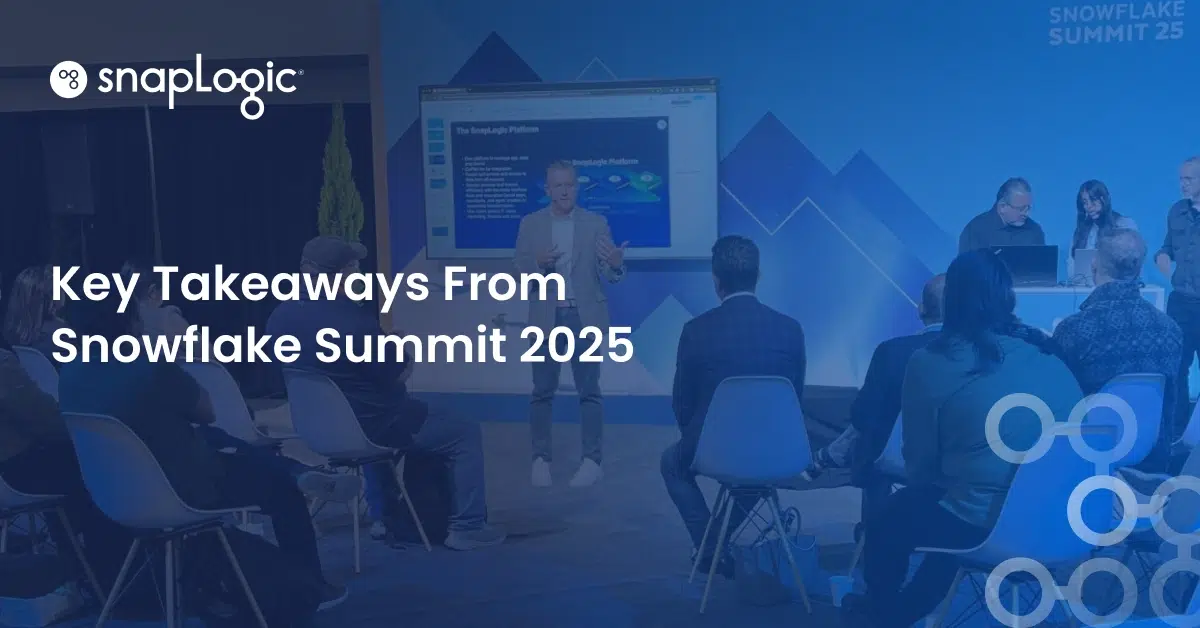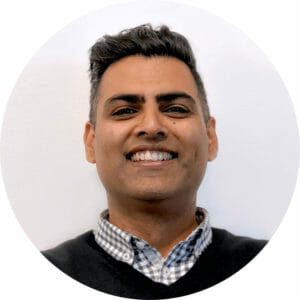Eight years ago, dozens of integration vendors were offering scores of solutions, all with what seemed to be the same capabilities. Pick any ESB or ETL tool and each seemed to perform the same functions as their competitors. RFPs were no longer a viable way to weed out the inferior vendors as each solution checked all the boxes across the board. Plus, all vendors were ready to lower their prices at the drop of a hat to win your business. It was at this time that the integration market had truly reached a level of commoditization. Consumers could easily pick and choose any solution as there were no true differentiators amongst them.
But, several factors have changed the landscape since then:
- NoESB – The NoESB architecture had started gaining interest – pushing the idea of the irrelevancy of ESB for many integration scenarios. Yet, an API Gateway was not the right alternative.
- Cloudification – The cloudification of pretty much all your favorite on-premises enterprise applications began around the same time. Enterprises that were thinking of a digital transformation couldn’t get too far without a definitive cloud strategy in place.
- Convergence of ESB and ETL – The lines between application integration and data integration were blurring. CIOs and IT managers didn’t want to deal with two different sets of integration tools. With the onset of mobile and IoT, data volumes were exploding daily. As a result, even data warehouses moved to the cloud. To serve such big data needs, the traditional/legacy ESB/ETL tools were incompetent and unfit.
- Agile Integrations – Finally, the DevOps and Agile movements impacted enterprise integration initiatives as well. They had given rise to new user personas in the enterprise – Citizen Integrators or Citizen Developers. These are the LOB Managers or non-IT personnel that needed quick integrations within their applications to render their data in different views. The reliance on IT to deliver solutions to business was becoming a major hindrance.
All these factors have influenced the iPaaS (Integration Platform as a Service) market. Now, thousands of companies are already leveraging iPaaS solutions to integrate their cloud and on-premises solutions. iPaaS solutions break away from legacy approaches to integration, are cloud-native, intuitive, fast, self-starting, support hybrid architectures, and offer connectors to a wide range of on-premises and on the cloud applications.
Now comes the big question – “Will iPaaS solutions be commoditized, too?” At the moment, the answer is a definite NO and there are multiple reasons why. Beyond scale, latency, tenancy, SLAs, number of connectors etc., one of the key areas that will differentiate iPaaS solutions is the developer experience. The user interface of the solution will determine the adoption rate and the value it brings to the enterprise. So, for a citizen integrator to actually use the system, the interface should be intuitive enough to guide them in building their integration flows quickly, effectively, and most importantly, without the assistance of IT. This alone will make or break the system adoption.
iPaaS vendors are trying to enhance this developer experience with features like drag-and-drop connectors, pipeline snippets, a templates library, a starter kit, mapping enhancements, etc. However, very few vendors are offering AI-driven tooling that enables intelligent ways to predict next steps – based on learnings from hundreds of other users – for your integration flow. AI-assist is truly a great benefit for citizen integrators, who may be non-technical. Even technically savvy developers welcome a significant boost in their productivity. With innovations like this happening, the iPaaS space is quite far away from being commoditized. However, enterprises still need to be wary of cloud-washing iPaaS vendors that offer “1000+” connectors, a thick-client IDE, or an ESB wrapped in a cloud blanket. And, that is a post for a different day!








